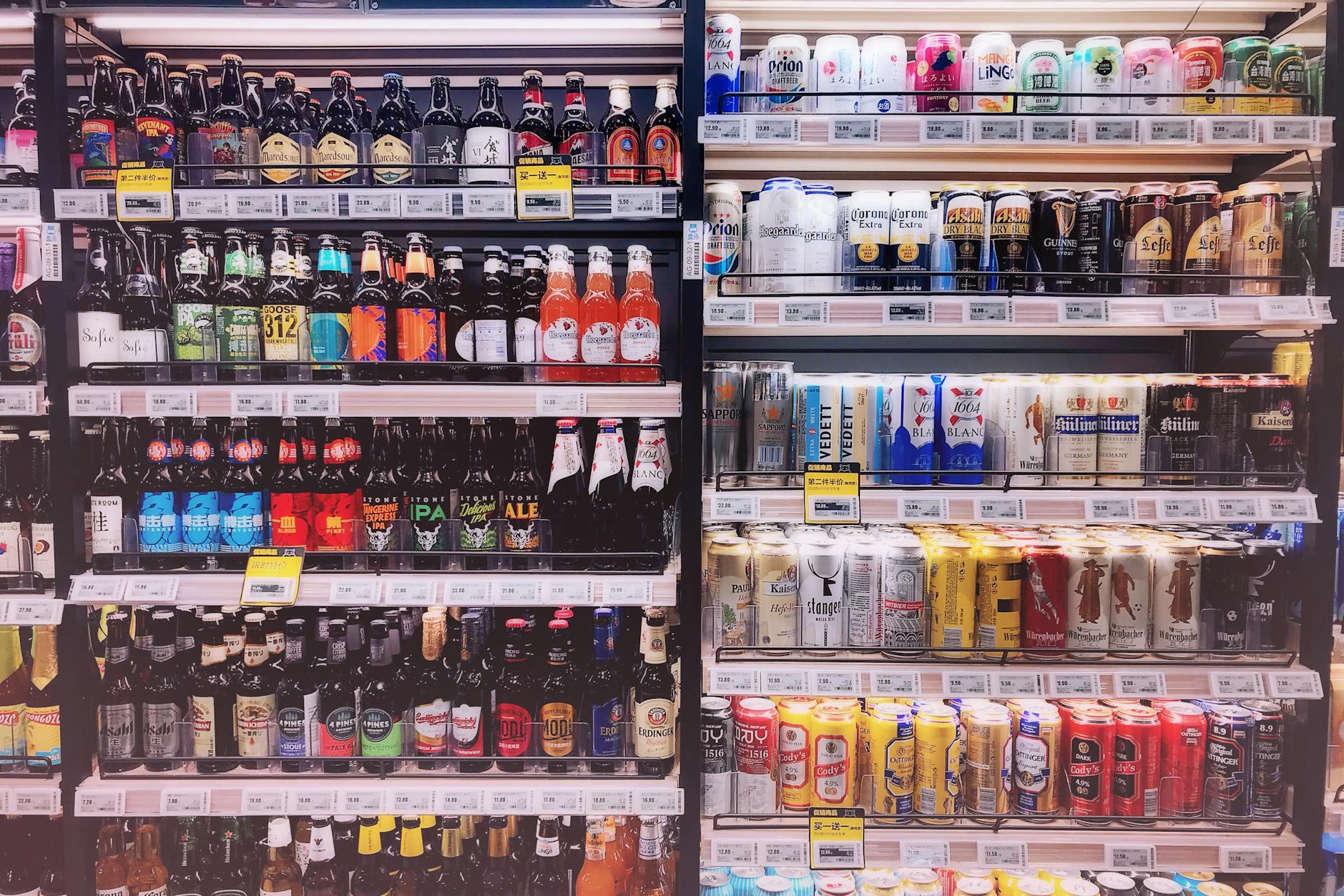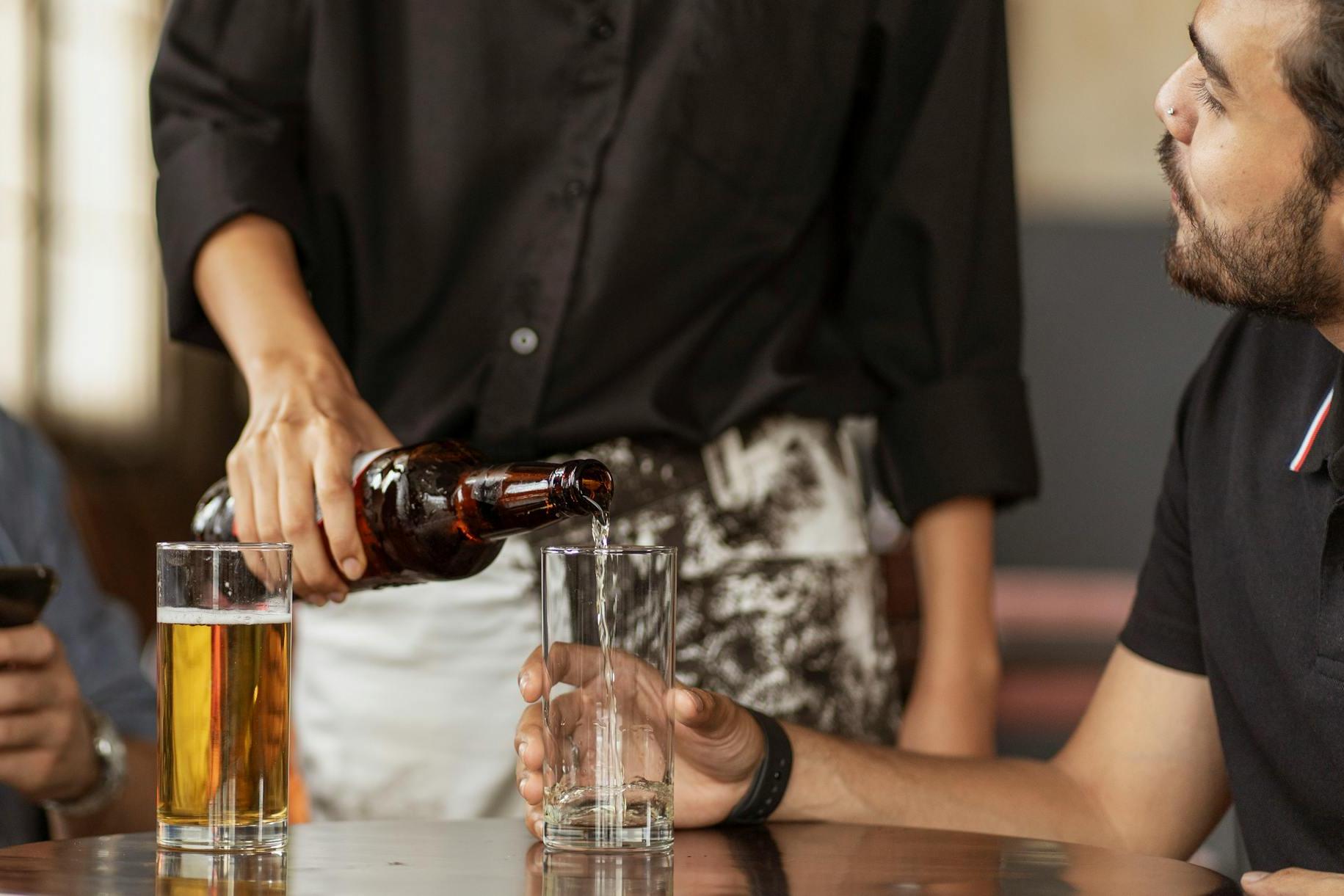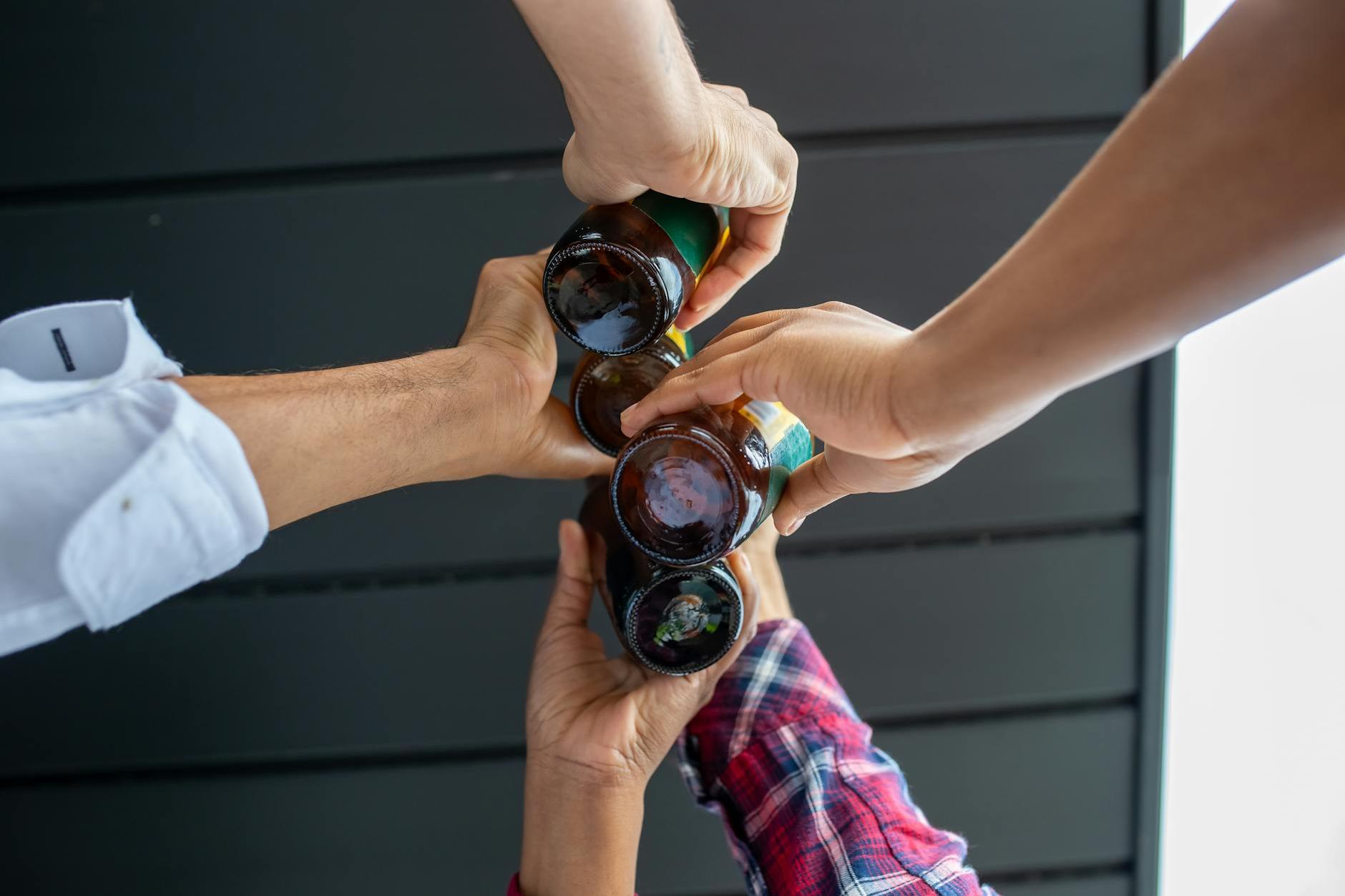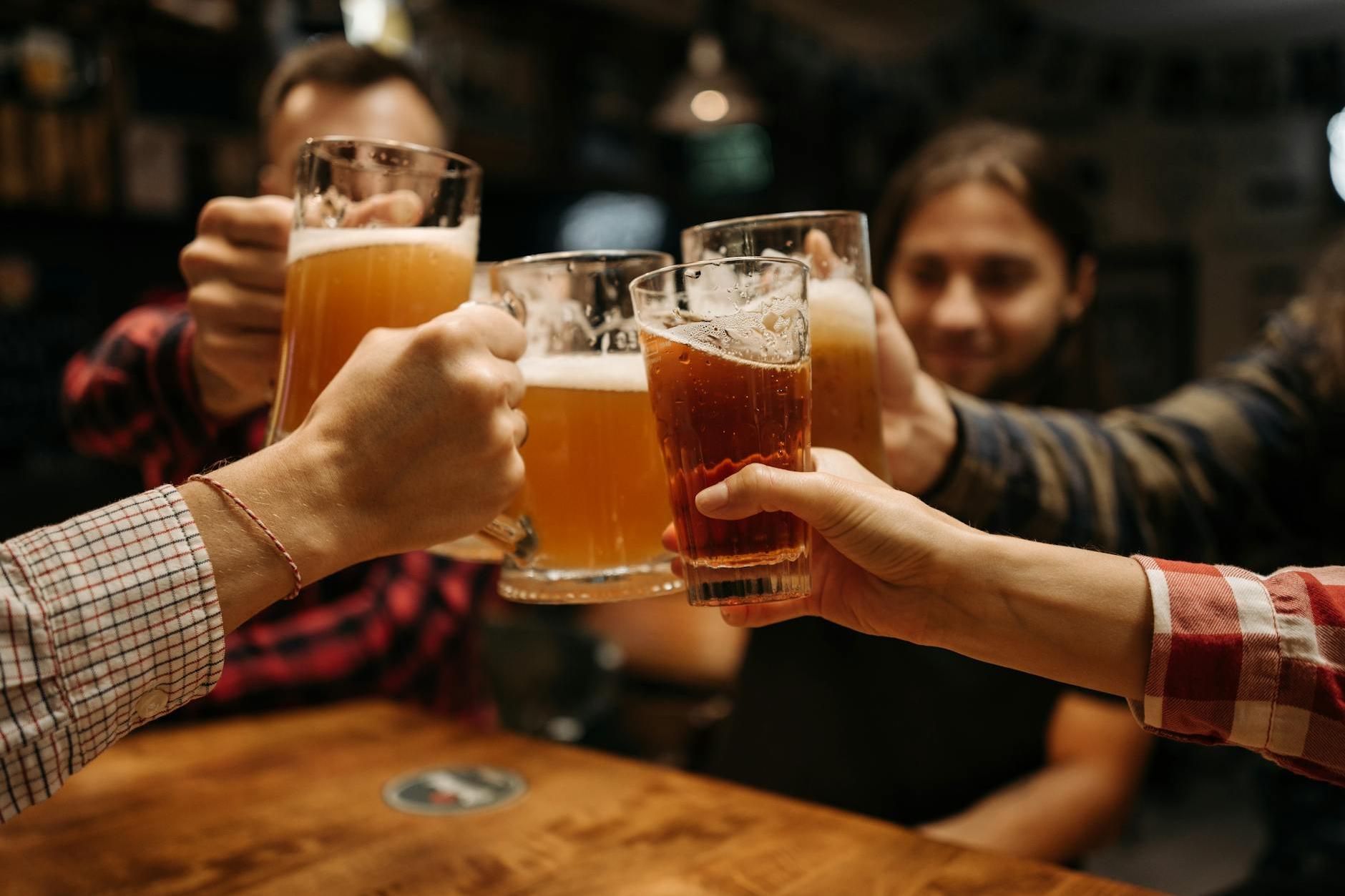- 20 Years of Expertise in Import & Export Solutions

The sweet troubles of importing beer
Hey everyone, I've been getting a lot of inquiries lately like this: "Manager Wang, I want to be an agent for a German craft beer. I heard the tariffs have been lowered. Is now a good time?" As a 20-year veteran who has been in the beverage?Import/export?industry, today I'll have a heart-to-heart with you all about the ins and outs of this.
Qualification preparation: Don't even think about entering without this "pass"
After the implementation of the new 2025 "Administrative Measures for Imported Food," the qualification requirements for beer agency are more specific:
- Basic Three Certificates: Food business license, import and export rights certificate, customs filing and registration
- Special supplement: Liquor circulation license (note the new electronic filing requirements for ports such as Shanghai/Guangzhou)
- Document timeliness:?Certificate of Origin?Must include malt concentration test data (the new version of the EUR.1 certificate is required for the EU region)
A guide to avoiding pitfalls in product selection: Don't be fooled by a pretty label
A client had a major setback last month importing a Belgian white beer. The problem was:
| Inspection dimension | Common Misunderstandings | Professional Suggestions |
|---|---|---|
| Alcohol Content | Ignoring the tariff difference between 5.2%vol and 5.5%vol | Request a laboratory test report from the supplier |
| Package specifications | 330ml small bottles did not account for transport loss | The container loading rate should be controlled at 85%-90% |
The devil in the details of logistics and customs clearance
- Selection of transportation methods:
- Full container load (FCL) is more suitable for industrial beer with a shelf life of over 12 months
- For less than container load (LCL), it is recommended to pair it with a temperature-controlled container (the cost increases by about $800/container)
- New Changes in 2025:
- The Qingdao port's pilot "fast-track channel for alcohol products" (saves 3-5 working days)
- Alcohol concentration testing is now uniformly conducted by the customs laboratory (third-party reports are not accepted)
Distribution strategy: Don't sell craft beer like industrial beer
The case of the Czech Pilsner I handled for a client last year is a good reference:
- Channel positioning: High-end catering + boutique supermarkets (avoiding traditional supermarket channels)
- Pricing strategy: Refer to the pricing of comparable products from France/Belgium (a 15%-20% markup)
- Sales promotion plan: Design recyclable packaging to increase the repurchase rate (a trick for customs code classification)
The landmines we've stepped on over the years
- A certain German brand was temporarily detained by customs for not labeling "contains wheat protein" (new regulation on allergen labeling)
- A Dutch craft beer had to be completely relabeled because the label size did not comply with national standards (the height of the Chinese label must be ≥3cm)
- An American IPA had bottles explode during transport, contaminating the entire container (purchase an additional "liquid cargo insurance" when insuring)
Finally, a word of honest advice: importing beer may seem profitable, but it's full of hidden reefs. Just last week, I dealt with an administrative penalty case caused by the incorrect use of the "fermented beverage" HS code. Remember, leave the professional work to the professionals. You are responsible for discovering good beer, and we are responsible for getting it home safely.
Recommended for You
- Six Pitfall-Avoiding Tips for Import Beer Distribution
- Why are more and more importers choosing rail transport for alcoholic beverages?
- The 5 Fatal Mistakes of Beer Import Agency, Have You Made Them?
- Where is the "Customs Clearance Code" for Importing Blue Girl Beer Hidden?
- The Five Major Blind Spots of Beer Import Agency, How Many Have You Fallen Into?
Category Case
Contact Us
Email: service@sh-zhongshen.com
Recommended for You
Contact via WeChat

? 2025. All Rights Reserved.








